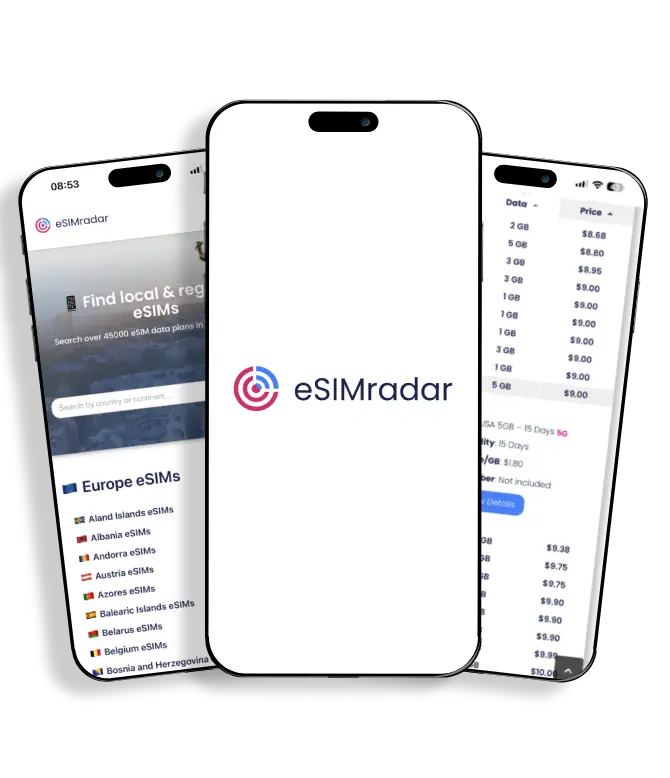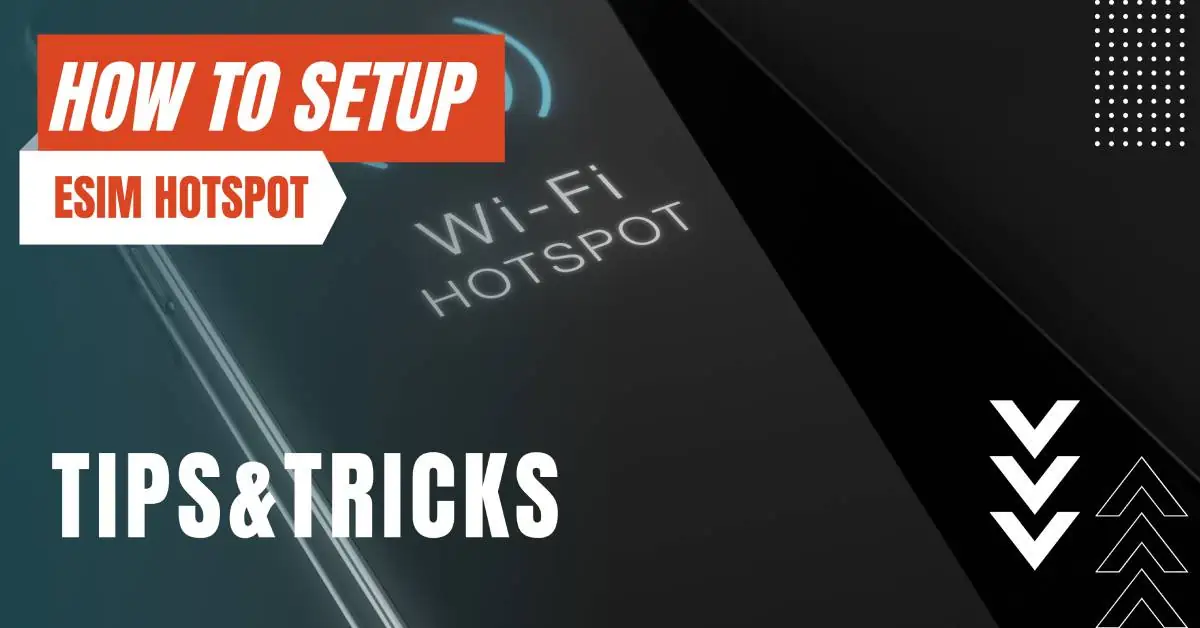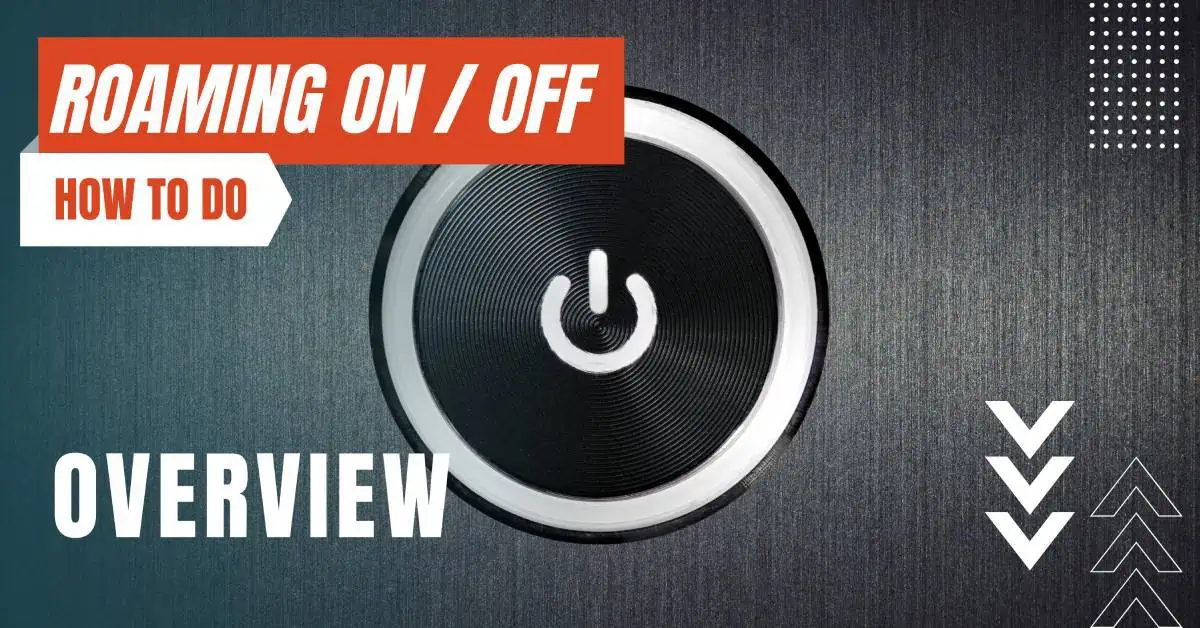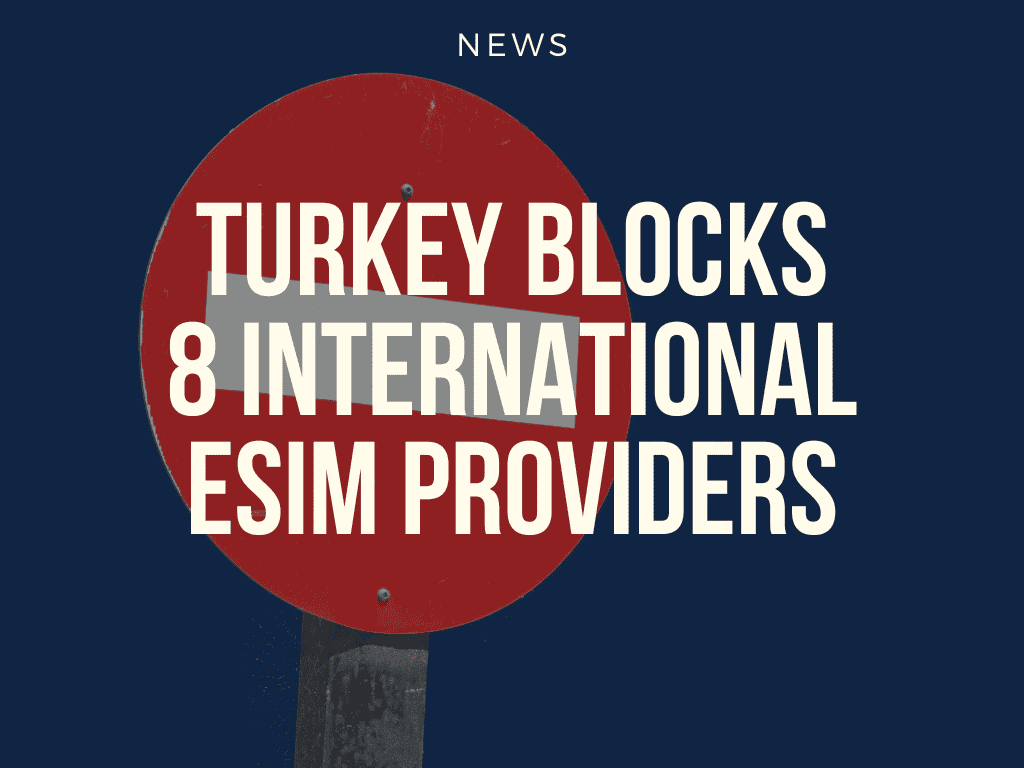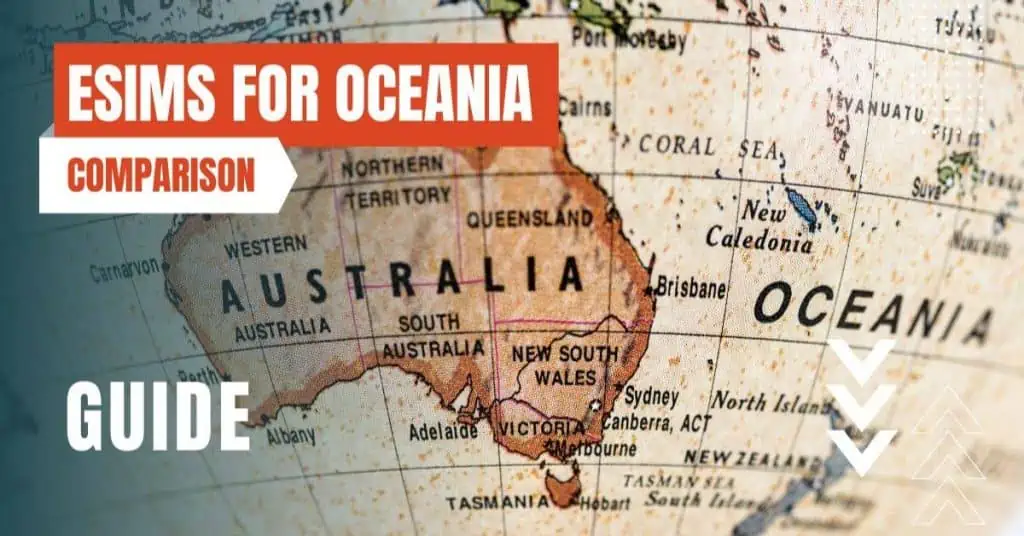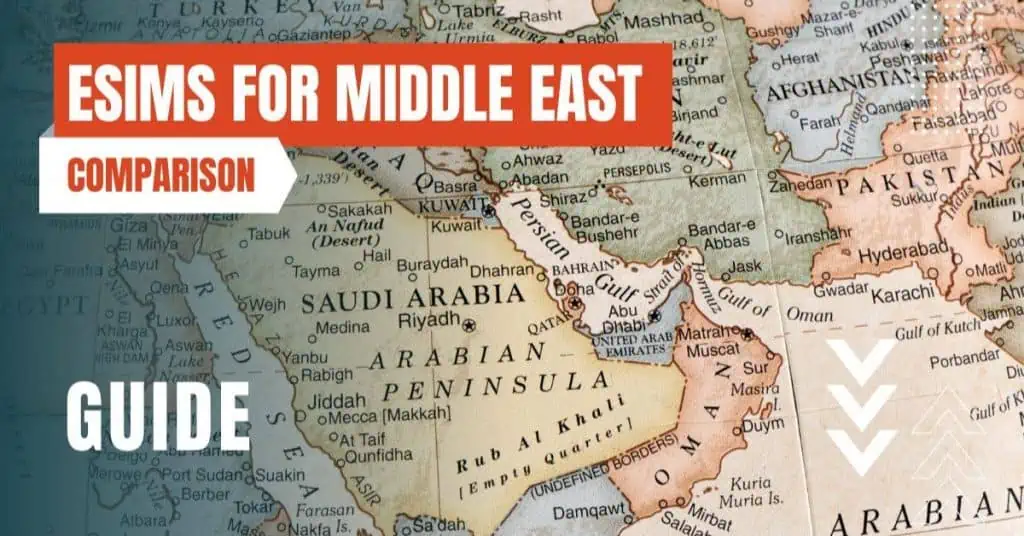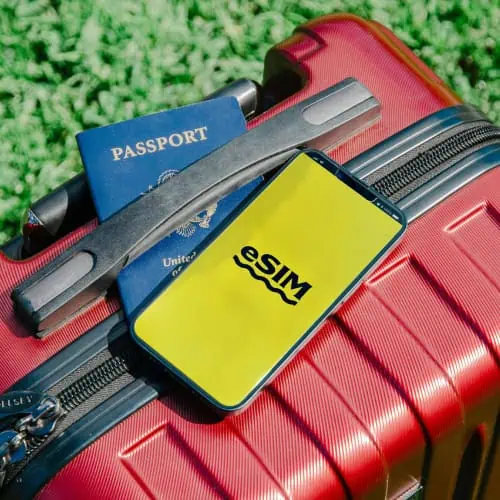All of the products and services we feature are chosen independently. If you click through links we provide, we may earn a commission. Learn more
Written by: Emily Chen
4G vs LTE
- Updated: September 30, 2023 | Published:
In the realm of mobile communications, terms like 4G and LTE are often thrown around, but what do they really mean?
As we live in an age where high-speed internet is not just a luxury but a necessity, understanding the technology that enables this convenience is invaluable.
This article takes you on a journey through the evolution of mobile networks, dissecting the differences between 4G and LTE, and shedding light on how the mobile communications landscape has transformed over the years.
From the genesis of 4G to the arrival of LTE-Advanced, we delve into the intricacies that have shaped the mobile networks we rely on today. Whether you’re a tech enthusiast or a curious consumer, this deep dive into the 4G and LTE conundrum is bound to enlighten.
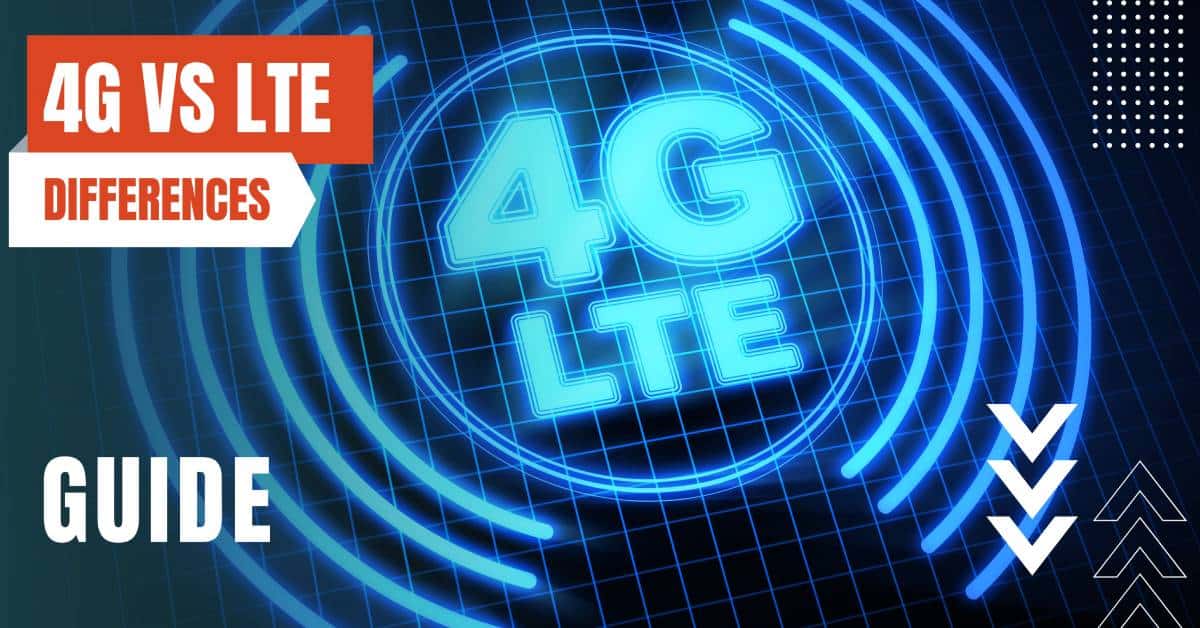
Are 4G and LTE the Same?
No, 4G and LTE are not the same.
LTE stands for Long-term Evolution and is a standard that was developed as a path towards achieving 4G speeds.
Initially, when 4G was defined, it was set to achieve speeds of at least 100 Mbit/s. However, carriers were not able to meet these speeds immediately.
LTE was introduced as an intermediate solution that was faster than 3G but did not meet the full specifications of 4G.
The Genesis of 4G and LTE
4G, standing for the fourth generation, was a term that emerged in the late 2000s and promised a significant leap over the 3G technology. The International Telecommunications Union-Radio (ITU-R) set the specifications for 4G in 2008, which included speeds above 100 Mbit/s.
However, carriers initially couldn’t meet these specifications. They could, though, provide speeds faster than 3G, and this led to the creation of a middle-ground standard called Long-term Evolution, or LTE.
In essence, LTE was a stepping stone towards achieving the true 4G speeds. It was faster than 3G but did not meet the full specifications of 4G.
The Evolutionary Path to True 4G
As carriers worked towards achieving the true 4G standards, they faced challenges. The standards set by ITU-R were not strictly enforceable, and the transition required a series of network upgrades.
During this period, the term LTE, which stands for Long-term Evolution, became prominent. It represented the journey that carriers were taking to eventually meet the 4G specifications.
In October 2010, after much deliberation, LTE-Advanced and WirelessMAN-Advanced were designated as the IMT-Advanced compliant technologies, marking the beginning of real 4G.
However, technologies like HSPA+ and WiMAX, which did not meet the full 4G specifications, were also labeled as 4G. This was mainly because carriers and hardware manufacturers had already invested in these networks.
True 4G: The Arrival of LTE-Advanced
LTE-Advanced (LTE-A) is the technology that meets the true 4G specifications. It introduced several technological improvements, such as carrier aggregation, which allows for the use of more bandwidth at once, and improved Multiple Input Multiple Output (MIMO) antennas.
These advancements required new smartphone modems and radio technologies.
LTE-A is sometimes referred to as “True 4G”. However, this term is rarely used in consumer markets. The 4G LTE standard has undergone numerous revisions, introducing support for new aggregation bands and other technologies to increase data speeds.
The latest revisions are known as LTE-A Pro, which can achieve speeds in excess of 1 Gbps.
The Market Landscape of 4G and LTE
Fast 4G LTE speeds are now a reality, and LTE-A networks are common around the world.
According to a GSA report published in August 2022, 760 operators offer fully mobile LTE services, and 336 carriers have LTE-Advanced networks running globally. LTE accounts for 67.1% of global mobile subscriptions.
While much attention is now on the next-generation 5G networks, 4G LTE continues to be the backbone of the world’s wireless networks and is still undergoing major improvements.
What Does This Mean for Consumers?
For most consumers, the distinction between LTE and 4G might not be noticeable in everyday use.
This is because the terms have often been used interchangeably, and the actual speeds experienced by users can vary based on various factors such asnetwork congestion and signal strength.
However, it’s important to understand that LTE was a stepping stone to 4G, and LTE-Advanced is what actually meets the 4G specifications.
LTE and LTE-Advanced are both forms of 4G, but it is LTE-Advanced that has the capabilities to match the original 4G specifications and deliver the fastest data speeds.
Most 4G mobile networks are now using LTE-Advanced and even more advanced technologies, fulfilling the vision of high-speed mobile internet that was conceived back in 2008.
While the industry is now shifting its focus towards 5G, 4G, particularly in its LTE-Advanced form, continues to be a critical backbone for mobile communications globally.
or consumers, this means access to high-speed internet on mobile devices, which is essential in an increasingly connected world.
Understanding the distinction between 4G and LTE, and the evolutionary path that led to the realization of true 4G speeds, provides insight into the complexities and advancements in mobile communication technologies.
As we look forward to the continued development and deployment of 5G, it’s clear that the foundations laid by 4G and LTE have been instrumental in shaping the future of mobile communications.
By entering your email & signing up, you agree to receive promotional emails on eSIMs and insider tips. You can unsubscribe or withdraw your consent at any time.

About The Author
Spread the Word, Share the Joy
Compare eSIMs
Why keep the secret to yourself? Spread the joy of eSIMradar and let everyone in on the eSIM experience!

Easy eSIM Comparison for Your Needs
Simplifying your search! Easily compare eSIM plans tailored to your specific needs

Coverage in 210+ Countries
Benefit from our extensive eSIM comparison with 30+ providers in over 210 destinations.

Save money without second-guessing
Our platform helps you maximize value, ensuring competitive prices.

Enjoy Hassle-Free Travel Abroad
Whether you’re on holiday or a business trip abroad, stay connected with ease and focus on enjoying your experiences,
Find Your Perfect eSIM & Exclusive Deals!
Find your ideal eSIM effortlessly and stay connected in style wherever your adventures take you! Get exclusive deals and discounts at your fingertips, ensuring you get connected for less on your travels!
